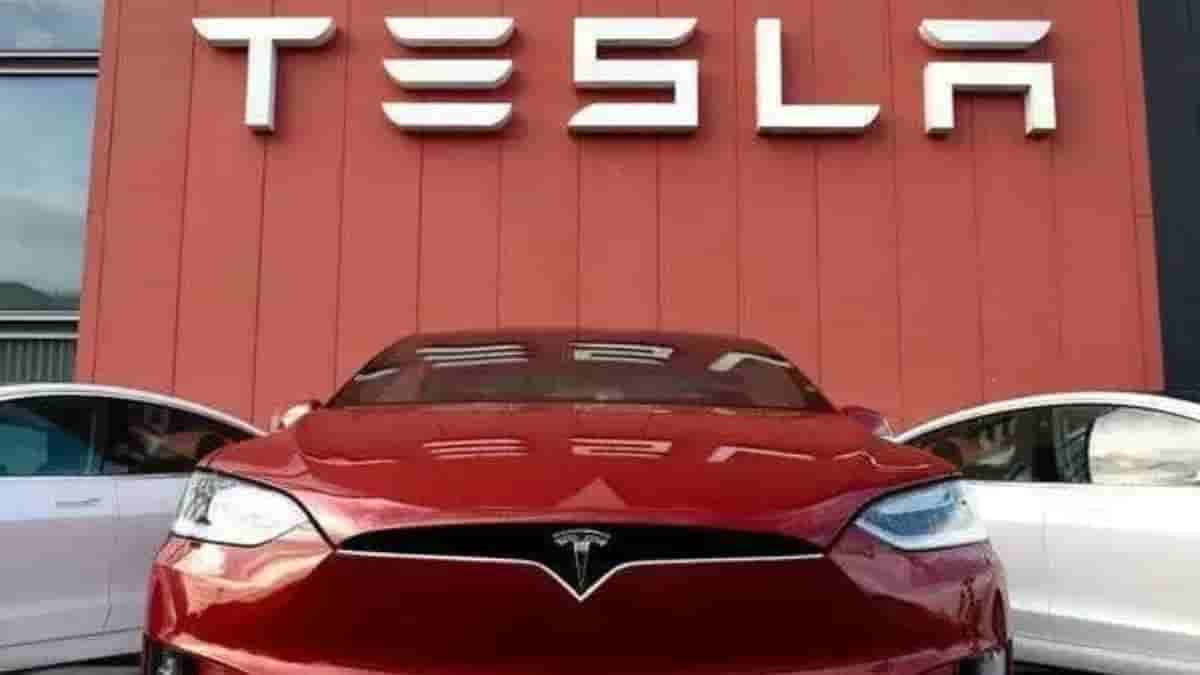Tesla claims its automated window reversing systems may not react appropriately
Tesla recalls roughly 11 million vehicles in the US. The recall has only been issued for the US market at this time; Tesla plans to address this problem with a software update.

The automaker’s automated window reversing systems, which the company claims may not react appropriately after sensing an obstruction and may increase the risk of injury, have been the subject of a recall by electric car behemoth Tesla for roughly 11 million vehicles in the US. The recall has only been issued for the US market at this time. However, Tesla plans to address this problem with a software update.
The automaker’s automated window reversing systems, which the company claims may not react appropriately after sensing an obstruction and may increase the risk of injury, have been the subject of a recall by electric car behemoth Tesla for roughly 11 million vehicles in the US. The recall has only been issued for the US market at this time, and Tesla plans to resolve this problem with a software update.
The Tesla Model 3, Model Y, Model S, and Model X, produced between 2017 and 2022, are among the impacted automobiles. We question why Tesla isn’t releasing an OTA update for the same if the problem is as straightforward as a software update. Is there a deeper issue with this recall than the business claims?
Tesla informed the National Highway Traffic Safety Administration (NHTSA) that they will update the automated window reversal system’s software over the air. This mechanism frequently breaks down after detecting an item, doesn’t react properly, and may even cause harm. Tesla made it clear that they are not aware of any accidents, warranty claims, field reports, injuries, or fatalities that may have happened as a result of this defect. The Tesla Model X, Model S, Model 3, and Model Y from 2021 to 2022 are all included in this recall.
According to the NHTSA, a window that closes improperly might apply too much force by pinching a driver or passenger before withdrawing, increasing the risk of harm. Additionally, it stated that the power window standards of a federal motor vehicle safety standard were not met by the automobiles.
On the other hand, Tesla said that product testing done by Tesla staff members in August revealed a problem with the Tesla’s automated window mechanism. According to the test’s findings, “automatic window systems have greater than expected variations in response to pinch detection.”
To fix this problem According to Tesla, starting in September,production and pre-delivery vehicles got a software upgrade that conforms power-operated window functionality to the standards. “Enhances the calibration of the vehicle’s automated window reversal system behaviour,” according to the software update.


